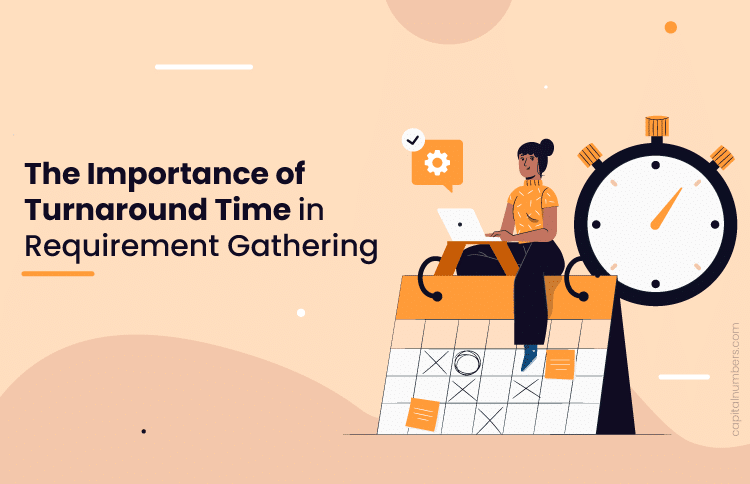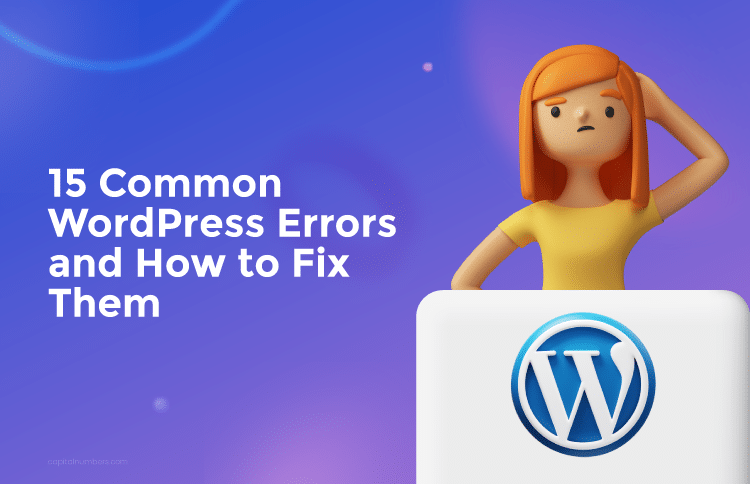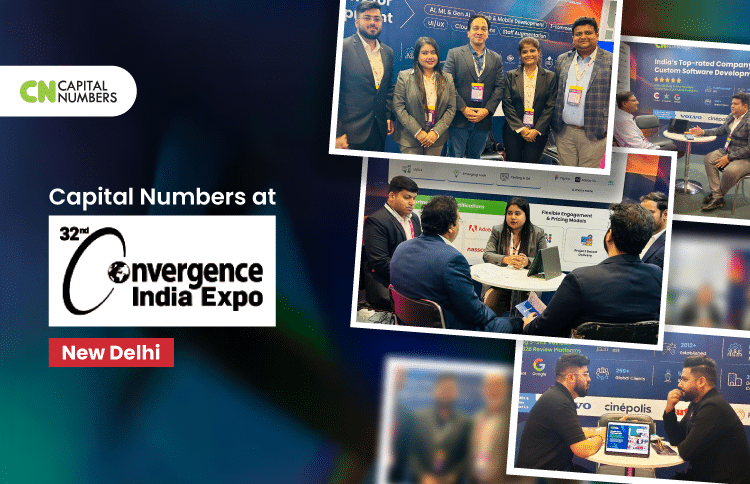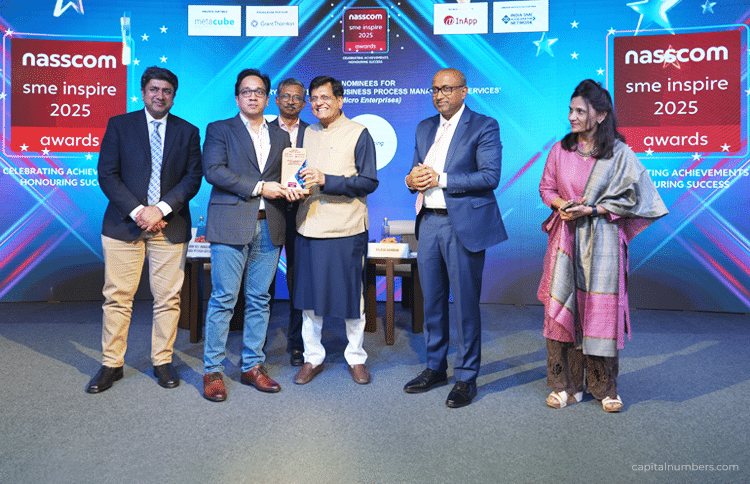The Importance of Turnaround Time in Requirement Gathering
Table of Contents
In the world of project management, the foundation of any successful endeavor lies in the initial stages of planning, where requirement gathering plays a pivotal role. This process involves identifying and documenting the specific needs and expectations of stakeholders to ensure that the project delivers the intended outcomes. However, amidst the drive to move forward and meet tight deadlines, a crucial element often gets overshadowed: turnaround time (TAT).
Turnaround time refers to the period it takes to gather, analyze, and finalize project requirements. While speed is undeniably important in today’s fast-paced business environment, rushing through the requirement-gathering phase can lead to misunderstandings, misaligned goals, and, ultimately, project failure. Neglecting TAT can result in incomplete or vague requirements, which may cause significant issues as the project progresses, including rework, scope creep, and increased costs.
Understanding the importance of TAT during requirement gathering is essential for setting the stage for project success. By allocating sufficient time and resources to this phase, project teams can ensure a thorough understanding of the project’s objectives and create a solid foundation that supports effective execution. This article explores the critical role of TAT in requirement gathering and offers insights into managing it efficiently, highlighting the benefits of a well-structured approach.
Why TAT Matters?
Turnaround time (TAT) is a critical factor in the requirement-gathering process that directly impacts the overall success of a project. While it may be tempting to expedite this phase to move on to implementation quickly, doing so can have adverse consequences that hinder project outcomes. Here’s why TAT matters and should be prioritized during requirement gathering.
Firstly, taking the time to thoroughly gather and analyze requirements allows project teams to uncover hidden needs that may not be immediately apparent. Stakeholders often have diverse perspectives, and understanding their unique insights requires careful consideration and discussion. Rushing through this phase can lead to incomplete information and overlooked details, which may later emerge as costly changes or rework. By dedicating adequate time to TAT, teams can explore the project’s intricacies, ensuring that all necessary elements are captured and addressed.
Additionally, effective requirement gathering fosters increased understanding among stakeholders. Different individuals and departments may have varying expectations and priorities, and spending time on discussions, clarifications, and suggestions ensures everyone is aligned. This collaborative approach not only enhances understanding but also fosters a sense of ownership and commitment among stakeholders, as their inputs are valued and integrated into the project plan.
Moreover, TAT helps avoid extensive deviation from the project’s objectives. Clearly defined requirements establish the boundaries within which the project should operate, reducing the risk of misunderstandings and scope creep. By prioritizing TAT, project teams can set realistic expectations and create a roadmap that aligns with stakeholders’ needs and the project’s overall vision.
In conclusion, TAT is a crucial component of requirement gathering that significantly impacts a project’s success. By investing the necessary time and resources into this phase, project teams can uncover hidden needs, increase stakeholder understanding, and avoid deviations that could derail the project. Prioritizing TAT ensures that the project is built on a solid foundation, setting the stage for a successful and productive execution.
Making TAT as Efficient as Possible
While the importance of turnaround time (TAT) in requirement gathering is clear, ensuring that this phase is efficient and effective is equally crucial. Balancing thoroughness with speed requires a strategic approach that maximizes the benefits of TAT without delaying project timelines. Here are some strategies to make TAT as efficient as possible:
- Establish the Scope of the Project: Clearly defining the project’s scope is the first step in efficient requirement gathering. By outlining the project’s boundaries, teams can focus their efforts on what truly matters, avoiding unnecessary details that can divert attention from critical requirements. A well-defined scope serves as a guide, helping teams allocate time and resources effectively.
- Prioritize Requirements: Not all requirements are of equal importance. Differentiating between essential and nice-to-have requirements allows teams to focus on the most critical aspects that will impact the project’s success. By prioritizing requirements, teams can allocate time effectively and avoid getting bogged down in details that do not significantly influence the project’s outcomes.
- Use the Right Tools: Leveraging collaborative platforms, communication channels, and requirement documentation tools can greatly enhance the efficiency of the requirement-gathering process. These tools facilitate seamless communication among stakeholders, enabling real-time feedback and updates. By using the right tools, teams can streamline their workflow, ensuring that everyone has access to the latest information and reducing the time spent on manual documentation.
- Engage Stakeholders: Active stakeholder involvement is crucial throughout the requirement-gathering phase. Engaging stakeholders early and often allows project teams to tap into their insights and feedback, ensuring that the final requirements reflect a comprehensive understanding of needs and expectations. This engagement fosters a collaborative environment and strengthens stakeholder commitment to the project.
- Set Realistic Expectations: Transparency about timelines and setting realistic expectations are essential to maintaining momentum during the requirement-gathering phase. Being upfront about the time needed to gather and finalize requirements prevents misunderstandings and ensures that all parties are aligned. By managing expectations effectively, project teams can avoid unnecessary pressure and create a more productive working environment.
By implementing these strategies, project teams can ensure that TAT is efficient and productive, providing a strong foundation for successful project execution.
You May Also Read: Discovery Phase: The First Step to Successful Software Projects
Conclusion
In conclusion, the importance of turnaround time (TAT) in requirement gathering cannot be overstated. It serves as the backbone of a successful project, ensuring that the foundation upon which the project is built is solid and reliable. A project constructed on hastily gathered requirements is prone to setbacks, misalignments, and, ultimately, failure. By recognizing the significance of TAT, project teams can take proactive steps to enhance their requirement-gathering process.
Prioritizing TAT allows for the discovery of hidden needs, fosters a deeper understanding among stakeholders, and helps avoid deviations from the project’s objectives. It encourages a collaborative approach that values stakeholder input, leading to greater buy-in and commitment to the project’s success. By investing the necessary time and resources into requirement gathering, project teams can create a roadmap that aligns with the project’s goals and sets the stage for smooth and efficient execution.
Moreover, implementing strategies to make TAT efficient ensures that this phase does not become a bottleneck but rather a catalyst for project success. Establishing a clear scope, prioritizing requirements, using the right tools, engaging stakeholders, and setting realistic expectations are all key components of an effective TAT strategy.
Ultimately, the success of a project hinges on the strength of its foundation. By focusing on TAT and adopting a well-thought-out approach to requirement gathering, project teams can ensure that their projects take off smoothly, delivering the desired outcomes and meeting stakeholder expectations. Embrace the importance of TAT, gather your requirements diligently, and watch your project soar to new heights.

















